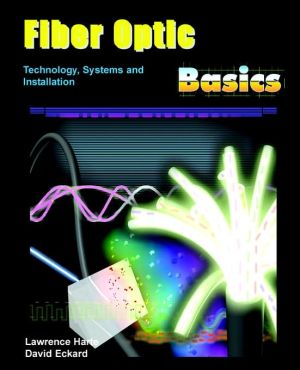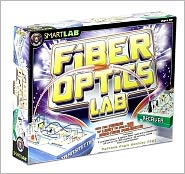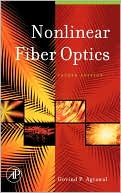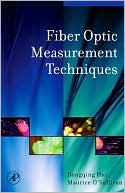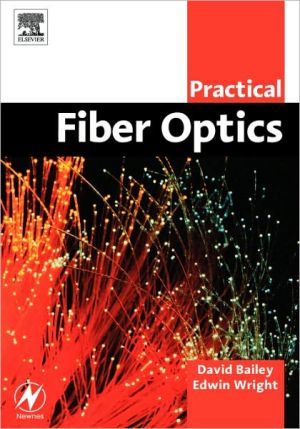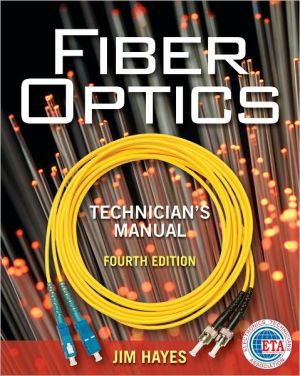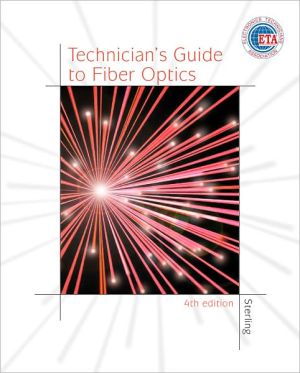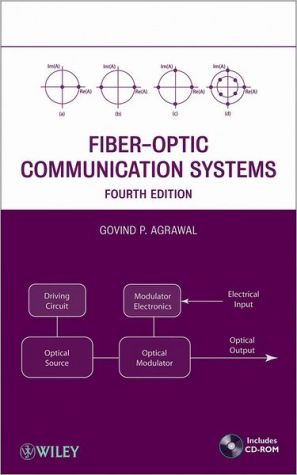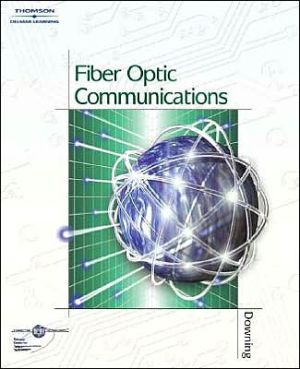Fiber Optic Basics; Technology, Systems and Installation
Fiber optic communication systems are used to provide high-speed communication connections. The need for high-capacity fiber systems has dramatically increased as a result of key broadband data applications and a much lower cost of sending information through fiber. \ This book starts with the optical principles including wave theory and particle theory. The optical spectrum is explained along with the fundamentals of lightwave propagation. You will learn the principles of reflection and...
Search in google:
Fiber optic communication systems are used to provide high-speed communication connections. The need for high-capacity fiber systems has dramatically increased as a result of key broadband data applications and a much lower cost of sending information through fiber. This book starts with the optical principles including wave theory and particle theory. The optical spectrum is explained along with the fundamentals of lightwave propagation. You will learn the principles of reflection and refraction and how they are used in optical systems.Optical communication systems are composed of an optical transmitter, communication medium (fiber or air) and an optical receiver. An overview of the components and basic operation of synchronous optical network (SONET), synchronous digital hierarchy (SDH), fiber distributed data interface (FDDI), passive optical networks (PON) and dense wave division multiplexing (DWDM) is provided. The common types of network equipment such as ONU, ADM, and optical switches are also described.Optical transmitters and their sources of light are explained. You will learned how light emitting diodes (LEDs) and LASERS provide suitable light sources for optical communication and how modulators and multiplexers modify light signals so they can send information. The types of fiber optic cables and their characteristics are covered. You will learn how modal dispersion, material dispersion and cable bending affects the performance and ability of fiber cable to transfer light signals. The methods and devices used to couple light signals into and out of fiber cables are discussed along with the different types of optical connector types. Optical receivers andtheir photodetection processes are described. The different types of photodetectors and their ability (sensitivity) to light signals are explained. You will discover how demodulators and demultiplexers operate to convert light signals into multiple channels and back into their original form. Installation processes for installing optical equipment, cables and systems are described. You will learn the common methods of splicing fiber including mechanical and fusion (heat) methods. The tools and processes you need to install optical cable are described along with the methods used to pull and strip cables. You will learn about maximum pulling loads along with snort term and long term maximum bend ratios. In addition to installation, the key potential environmental hazards, chemicals that may be used, and some of the general safety precautions are discussed.Optical fiber testing including continuity testing and measuring optical loss. Discover how to use an optical time domain reflectometer (OTDR) to identify the specific locations of breaks or distortions in fiber cable. Learn the basic steps for fiber optic link and system acceptance testing. Troubleshooting processes and tips are included to help you diagnose and repair equipment and link failures along with how to maintain maintenance records.
